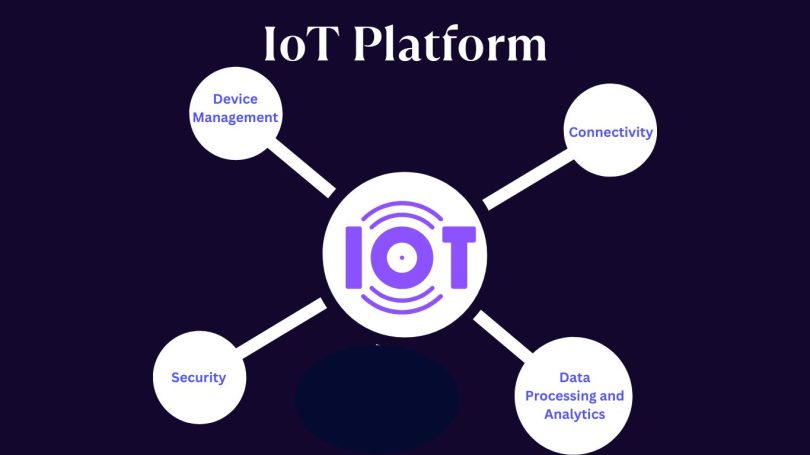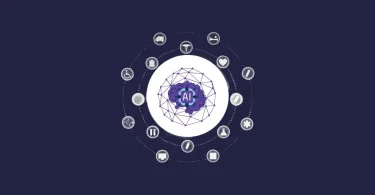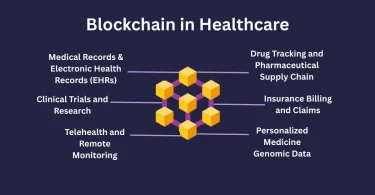The increase in interconnected devices is a clear testimony of the Internet of Things enhancing data sharing and communication across multiple devices.
An IoT platform is the core of a connected system, as it offers a strong base to connect devices, integrate data, and extract meaningful data. It helps to connect the material world and the cyber world, allowing the free flow of information and data exchange between different devices, people and applications.
Device Management:
Proper management of the associated connected IoT devices is highly desirable. This refers to physical layer support, user authentication, initial configuration and the software upgrade. These are ideal for an IoT device management platform that helps to coordinate these processes for proper network functioning.
Data Processing and Analytics:
IoT platforms handle large volumes of data created through the connectivity of smart devices. They apply various analysis software for data analysis and remain integrated, providing tactical and operational intelligence, and thereby assisting in troubleshooting, performance enhancement and decision-making.
Connectivity:
IoT platforms adopt different communication interfaces and protocols for the device’s connectivity as well as connectivity between devices and the cloud.
Strong connectivity is important for the integration of the various elements since this is crucial for operations to run smoothly.
Security:
Since connected devices send out personal details, this practice requires strong security protocols. IoT platforms use secure measures of data handling, privacy, and identity of things to reduce vulnerabilities to cyber risks.
Several Categories of IoT Platforms:
Internet of Things platforms can be classified into various categories depending on the individual roles and uses. The primary types include:
- Device Management Platform:
This platform is responsible for managing the connected devices starting with their registration, configuration, monitoring and even repairing in cases of faults. It also sustains the device performance, controls firmware and security checks and provides compatibility for different devices.
- Management Platform:
IoT management platform does not only include the management of connected devices but also has a wider concept that embodies IoT structures. It combines device management, data management, analytics, and application development, allowing for full cloud platform solutions.
- Monitoring Platform:
Focusing on real-time connected devices and systems, the IoT monitoring platform manages the status of devices and systems, their productivity, and environmental factors. This allows for early detection of problems and quick fixes, leading to system reliability, a crucial aspect of the system.
Conclusion:
All in all, it can be noted that IoT platforms are central in the connected world of today’s technologies. Thus, by recognizing the main parts and different varieties of the devices, people can value their significance in the framework of connectivity and contribute to the development of the technologies to provide the required level of integration, effective data handling, secure connection and management of the devices.




Leave a Comment